Nepali Engineering Students Help Rebuild After Nepal’s Earthquake
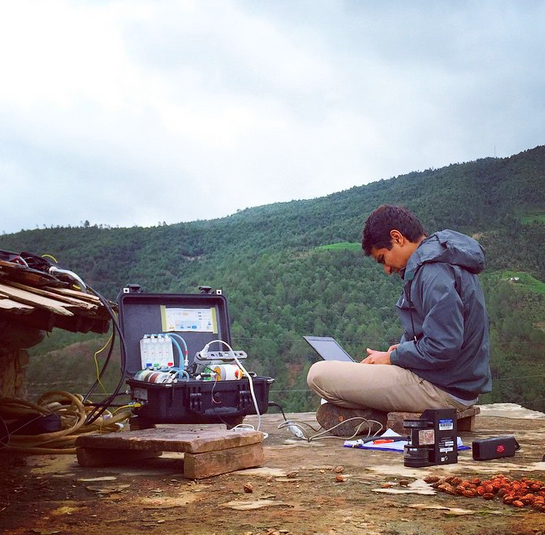
Sital Uprety works with his water samples in Nepal. Courtesy of Sital Uprety
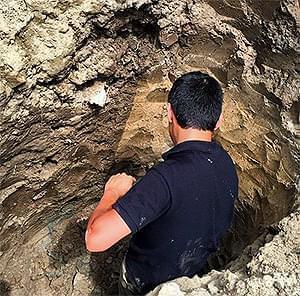
Sital Uprety digs a trench for geotechnical investigation
It’s been just over four months since 7.8-magnitude earthquake hit Nepal killing over 15,000 people and destroying buildings and infrastructure. At that point we talked to some members of the Nepali Student Association who were receiving reports from family back home.
Sital Uprety is one of those students. He and other Nepal engineering students spent their summer home in Nepal studying and rebuilding Nepal’s infrastructure. Uprety says there were four teams of University of Illinois students working on projects over the summer.
Uprety spent the first two weeks working with USGS and the structural engineering team from the Champaign-Urbana campus to assess the main causes of the earthquake. “We were doing a lot of inspections on the geo-technical side and the structural side,” said Uprety.
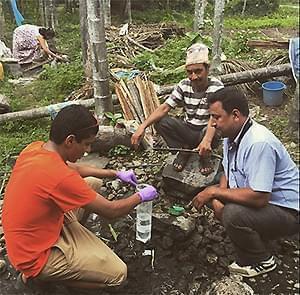
Sital Uprety works with his water samples in Nepal alongside his professor
His focus, however, was on water sanitation. “I traveled all over the country from the far west to the east collecting water samples,” said Uprety.
He’s processing the samples right now and will compare what he finds to a set of samples he took before the earthquake and another set he plans to take in December and look at how the water quality has changed before and after the earthquake. He’ll be analyzing how any difference in the water affects public health. In the villages he visited and found differing results.
“In two or three places it was really good. It was kind of strange but after surveying a few houses the conclusion was that they were happier with the water sanitation after the earthquake than before the earthquake," said Uprety.
In those villages before the earthquake they hadn’t been treating their water all. Instead, they drank their water directly from the well or from the river, but through the relief effort they had received and began using chlorination and filtration systems.
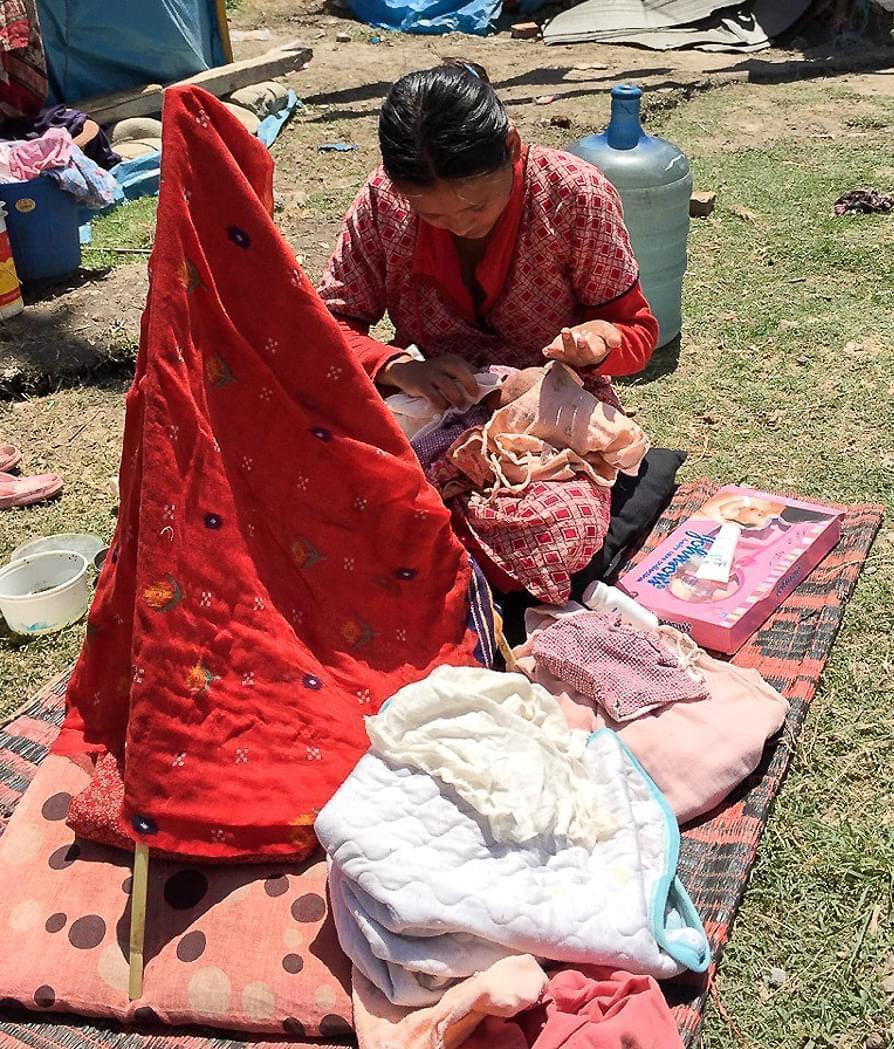
Nepali Woman
That was by no means everywhere. From the Nepali Student Association’s fundraising activities in April and May they were able to bring 200 filtering units and distributed them to families who needed them.
Students also measured the emissions from cook stoves in far west Nepal. “We’re trying to see how much smoke was being generated in each household, in each meal,” said Uprety. They are comparing those finding to climate change models.
Though many are still displaced or homeless, he was impressed by how well the government has handled the immediate relief part of recovery.
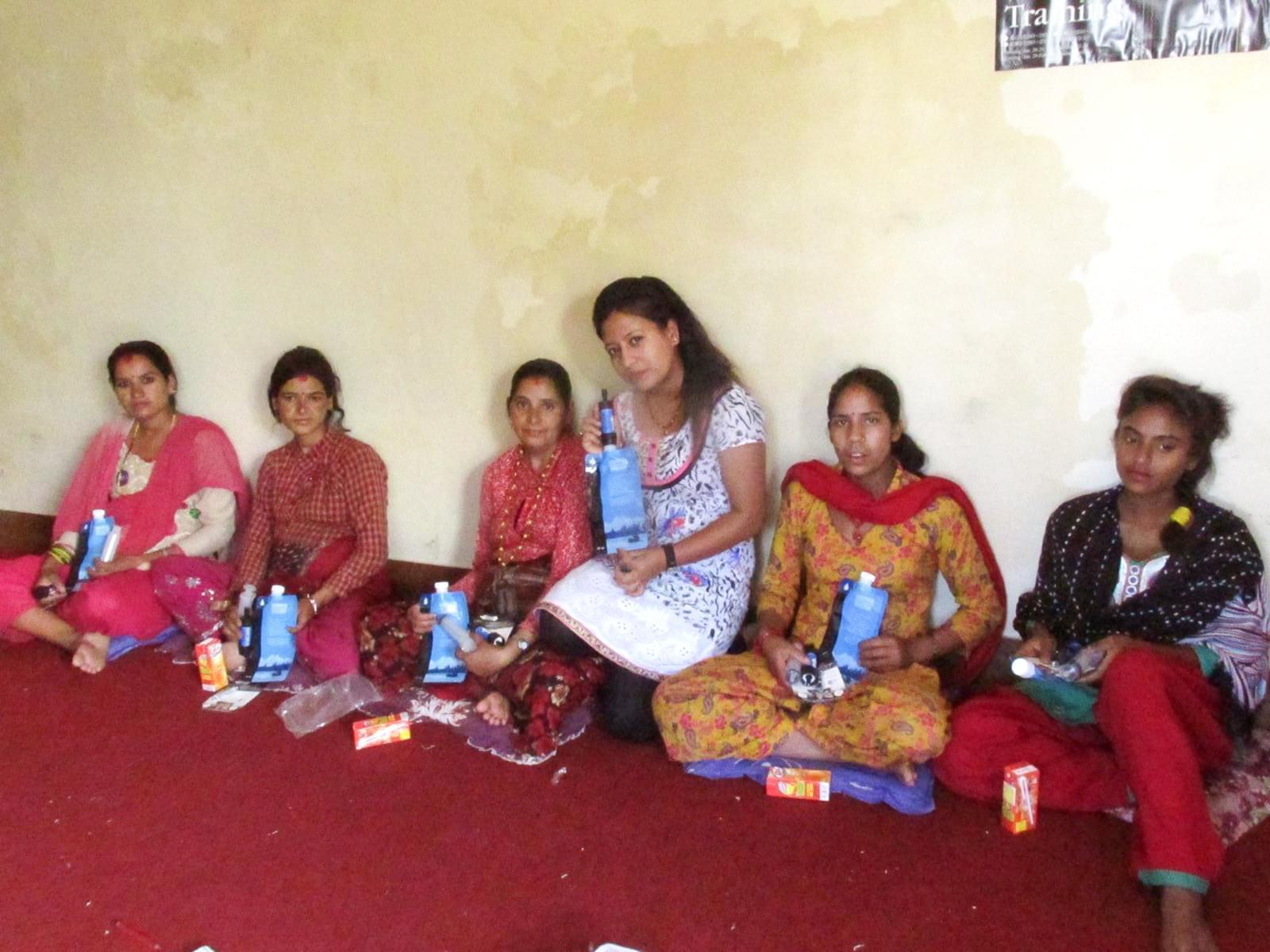
A woman and children examine water filters.
“We have to see how the rehabilitation goes but the places I visited, they didn’t have problems mostly with food or of temporary shelter or even of water sanitation. So they’re coping with the situation, they’re still being really positive – everyone is back in their old job. They’ve kind of adjusted,” said Uprety.
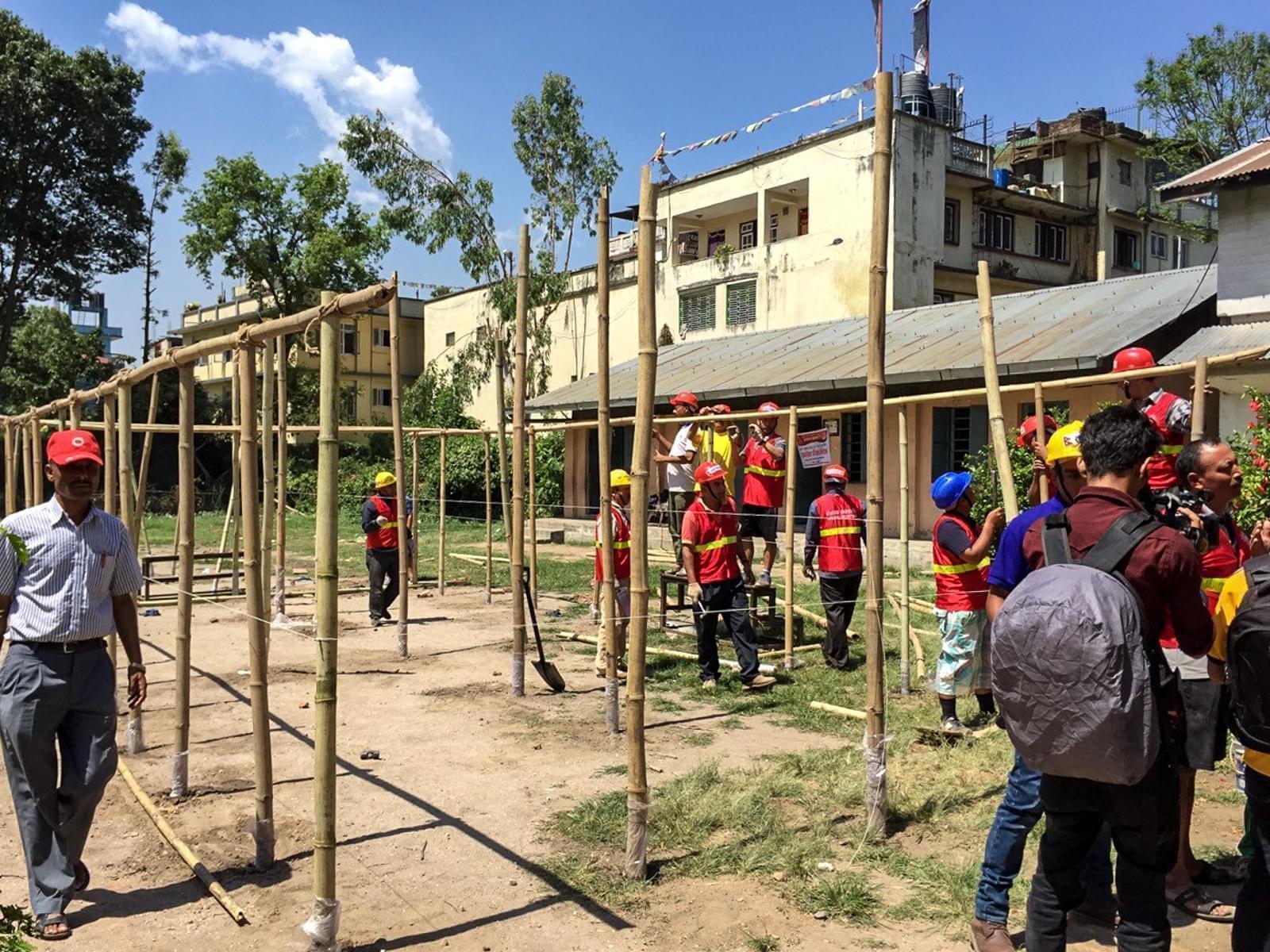
Rebuilding in Nepal after the Earthquake
He says they view their temporary shelters as their new homes and are really “hoping that their temporary shelter will not go down with aftershocks or with the rain or that kind of thing.”
Uprety says that people are generally optimistic about the future.
He plans to go back in December to continue his water sanitation work.
